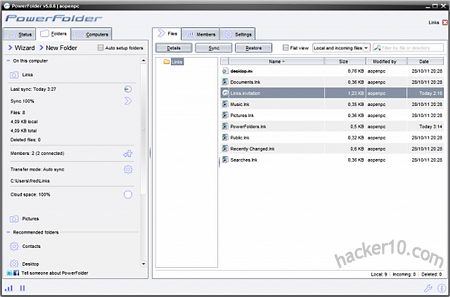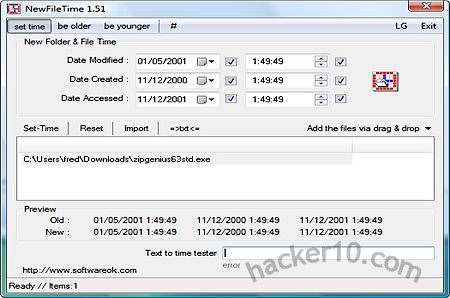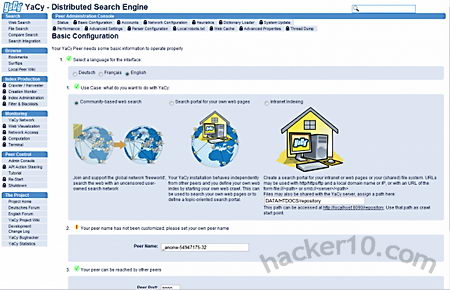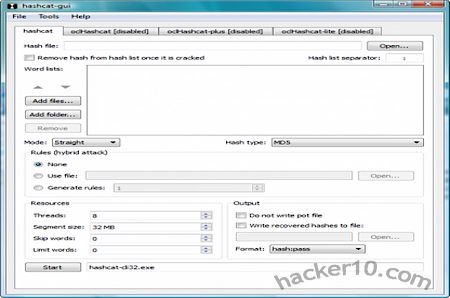Titanium Android backup app, unlike the Google Backup feature that comes with all Android phones, can copy and restore your apps including user data within each app, general data and Market links to an external SD card, including protected and system apps, after setting it up Titanium backup will automatically copy your data as scheduled with zero clicks. Apps can be backed up individually or in group, to restore the data you can choose to only recover settings, app, data or everything at once.
This is a very powerful app, before you click on anything, make sure to read what it says, Titanium backup has access to your system files and it is easy to wreck something if you are not careful, if you are not sure refer to Titanium online Wiki. The whole backup process can take up to 15min depending on the amount of data and your Android phone processing power, once the backup has finished you can browse where everything is kept, inside the SD card in a folder named /TitaniumBackup/, you might want to copy that data online or to your desktop computer using a USB cable or Bluetooth.
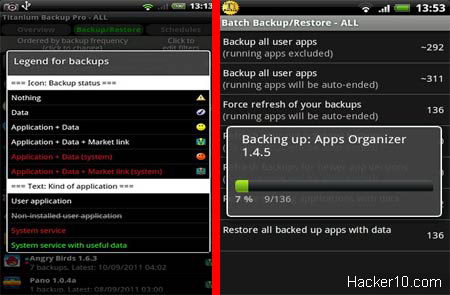
This app is suitable for advanced/power users as it has lots of configuration options, for complex operations, like restoring data to your Android phone after it has been updated with a custom ROM, check out the online Titanium backup Wiki. The paid Pro version of this app can encrypt your backups (using RSA&AES), copy apps without closing them, freeze an app without uninstalling it, convert system apps into user apps (or vice-versa), batch verify backup integrity, sync backups online with Dropbox, and much more.
Note: This app requires root which will invalidate the phone warranty, rooting is necessary to access system files.

